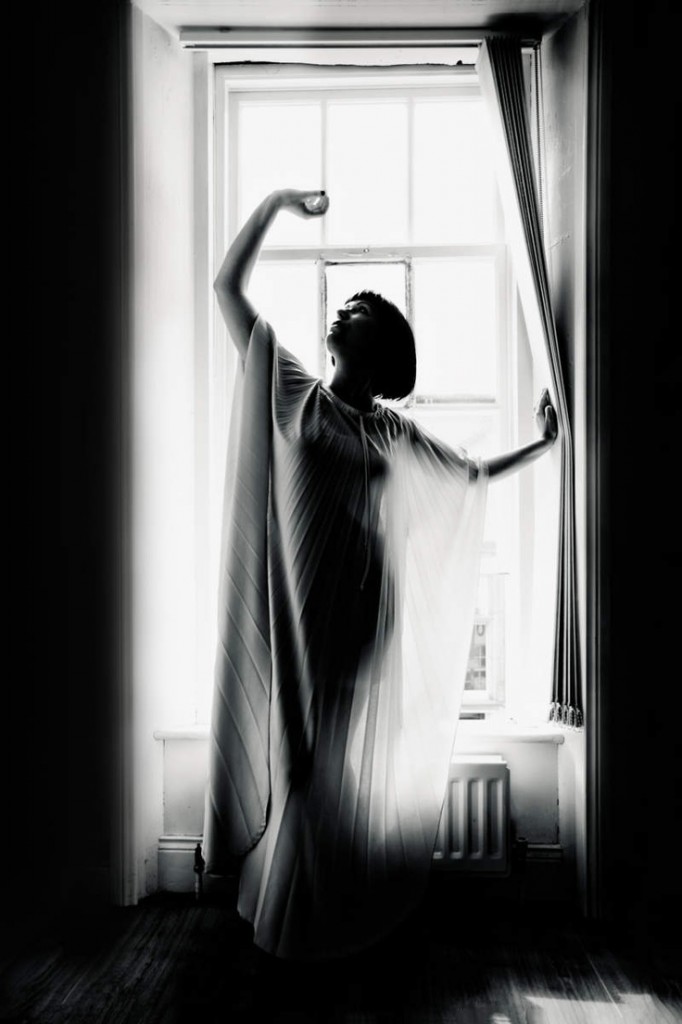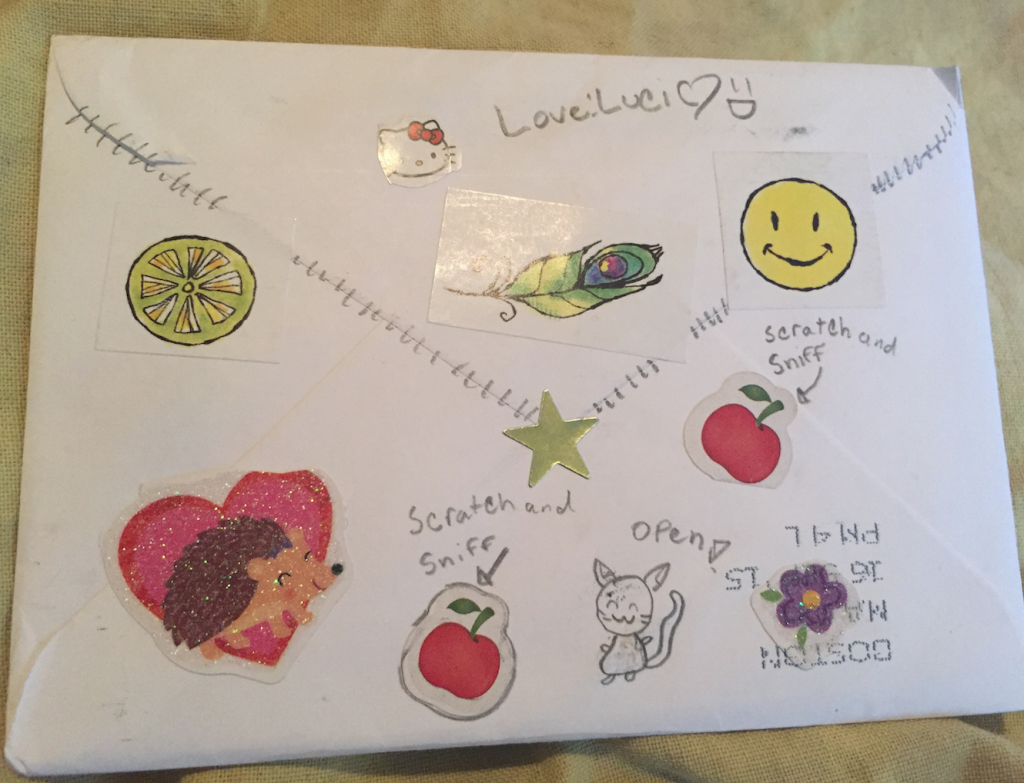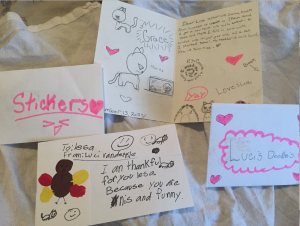 For a while in my twenties, I only could wear beige, white, and black. I was very sick at the time, and in my long recovery, I couldn’t handle the strain of real color. This, in retrospect, is how I know that I was gravely ill, for color is and always has been very important to me.
For a while in my twenties, I only could wear beige, white, and black. I was very sick at the time, and in my long recovery, I couldn’t handle the strain of real color. This, in retrospect, is how I know that I was gravely ill, for color is and always has been very important to me.
My abstinence from color had happened once before. That time, I lost my ability to perceive color all together, and it was that loss, coupled with a harbinger of the symptoms that later capsized me, that forced me to accept that I had to separate from my family of origin. The metaphorical and literal often blur dangerously on the blueprint of my body. I suspect this stems from the lifted veil that I take for granted.
By nature I am highly selective about the colors with which I surround myself. The off-tones of the early 1990s hurt my eyes, for example. Those mustards and greyish purples always seemed so joyless–sanctimonious, even, as if it were not PC to shine. (I never viewed a friend who got married in a brown dress the same way again.) In my mid-teens, I was known as “the green girl,” for I liked to wear as many shades of green as possible. It wasn’t an affectation. The green made me feel hopeful and connected to something bigger than myself. Alice May, my mother’s mother, was the only one who understood. She adored green, which she said was the color of life and love. She had a winter green couch that was my favorite place to read. Continue Reading →



